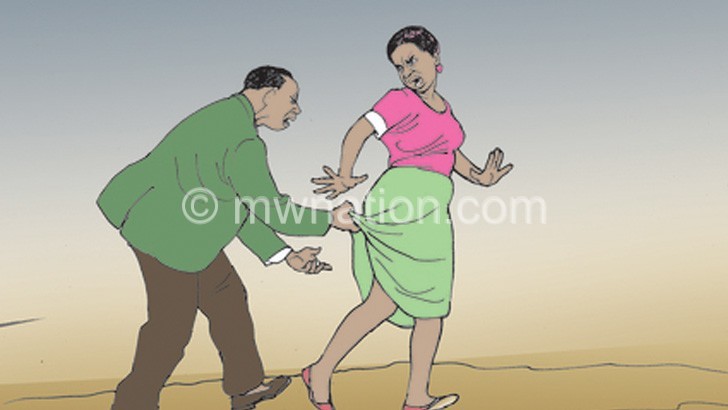Preparing for disaster is a talent
Folks, Malawi continues to record natural disasters that are killing many people besides displacing scores and destroying many valuable assets.
Floods, dry spells, hailstorms, armyworms and other crop-damaging pests are some of the most common disasters that have tortured Malawians in recent years.
All these have gradually multiplied in frequency, magnitude and scope—leaving thousands of vulnerable people with no option apart from relying on assistance from the government and other charitable organisations.
But one important reminder is that most of these disasters are linked to climate change, particularly human-caused global warming that is happening globally today due to mankind’s recklessness.
You will observe that many Malawians today still rely on wood fuel and charcoal for cooking, timber for construction, rocks and minerals for raw materials and many other resources provided by nature, but it is sad to note that these resources are being replenished at an alarming rate as the population continues to grow.
Today, many Malawians are still ignoring the survival of future generations by carelessly depleting natural resources just to meet their present needs. Such is the level of negligence that contributes to natural disasters not only in Malawi but the entire southern Africa region.
Not long ago, this country was hit by Tropical Storms Ana, Idai and Gombe, which underscored the need for more investment in early warning systems and deterrent action as well as finance to help disaster-struck communities recover and rebuild quickly.
It is encouraging to note that the Department of Disaster Management Affairs (Dodma) has already started sensitising Malawians on their safety as the rains continued wreaking havoc in some districts such as Nkhotakota, which is part of the necessary early warning systems to lessen problems that usually befall us during this season.
Yes, we have an active media that leads in disseminating disaster-related warnings, but not all Malawians have access to radio, newspapers and the Internet.
With such insufficient exposure to key warning channels, I expect authorities to embrace more traditional means of warning citizens about looming tragedies, including the use of village criers who come in handy to relay critical public pronouncements.
Again, having more people educated on disasters and early warning signs and risks would help to curb avoidable deaths and losses linked to these catastrophes thereby safeguarding the lives of many vulnerable people such as children, the elderly and those with disabilities.
Now is the time that we need more education on risks and effective management of disasters in all prone areas.
Let us also remember to create more safe spaces, which is one key aspect that is widely neglected in disaster management in this county. Safe spaces are emergency shelters where disaster victims can seek refuge in times of displacement.
Many districts across the country use school structures as temporary camps for disaster evacuees, a move that significantly affects learners in the affected areas. The same happened last year. Hundreds of people affected by floods were temporarily housed in classrooms and priority was still given to them at the expense of learners when schools opened.
As it is today, the lack of safe spaces poses long-term problems for both learners and displaced people hence the need to create more safe spaces across the country to offer victims physical protection during such crises.
Once again I appeal to the government to use some of our taxes in constructing more safe spaces at village, district and national levels to relieve schools and churches of being abused as emergency camps in times of crisis.
Folks, preparing for disaster is a talent on its own and these safe spaces can also help to improve access to clean water and hygiene among distressed people crises such as cholera outbreaks strike.





